My name is Robert Maxwell and I am an archaeologist from Sydney Australia, completing my doctorate in 20th century urban abandonment. I have the honour of being the first and only archaeologist to study the Chernobyl Exclusion Zone, and in the lead up to the 30th anniversary next week, I thought I would share some of my images from two field seasons in 2010 and 2012.
It is a unique and strangely beautiful place, yet has no heritage protection. My photographs are an attempt at showing people that archaeology is all around you, and the Chernobyl event created one of the most unique archaeological precincts on earth – an ‘atomograd’ deserted a mere 16 years after its construction. I hope you enjoy them, and consider the people affected by the events of April 26th, 1986.
Hallway, Elementary School Number 2, Pripyat
Gas mask scatter and globe. Pripyat Elementary School. A sight I will never, ever forget
Abandoned desk in an upper hall of the school
Pripyat from Kurchitova Street
Hallway of the Chernobyl Accommodation Block, Chernobyl Village
Cold War Era Soviet Personal Dosimeter – on display in the Information Building
The Pripyat Ferris Wheel – the icon of Pripyat.
Detail from Pripyat Hospital – sample vials abandoned in situ
Desk calendar from 1986 in the administration office of Pripyat Hospital
Cinema Prometheus, Pripyat – rows of decaying seats
Nature will always reclaim it’s place
21st century street art is beginning to appear throughout the Zone. Girl on Bouncing Ball, Pripyat Culture Palace
Dolls litter the zone; reminders of childhoods left behind in April 1986
1Kviews
Share on Facebook
 Dark Mode
Dark Mode 

 No fees, cancel anytime
No fees, cancel anytime 







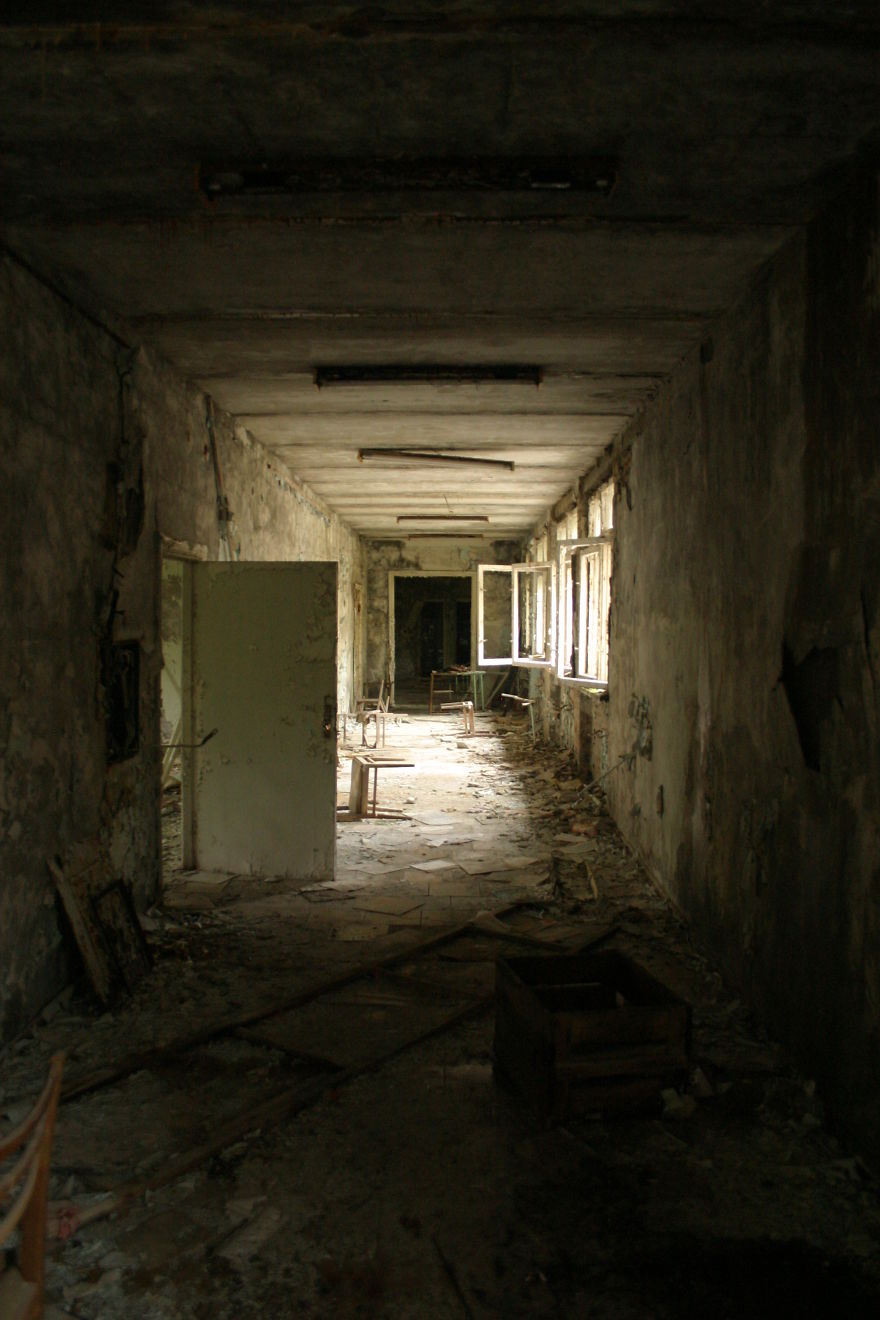
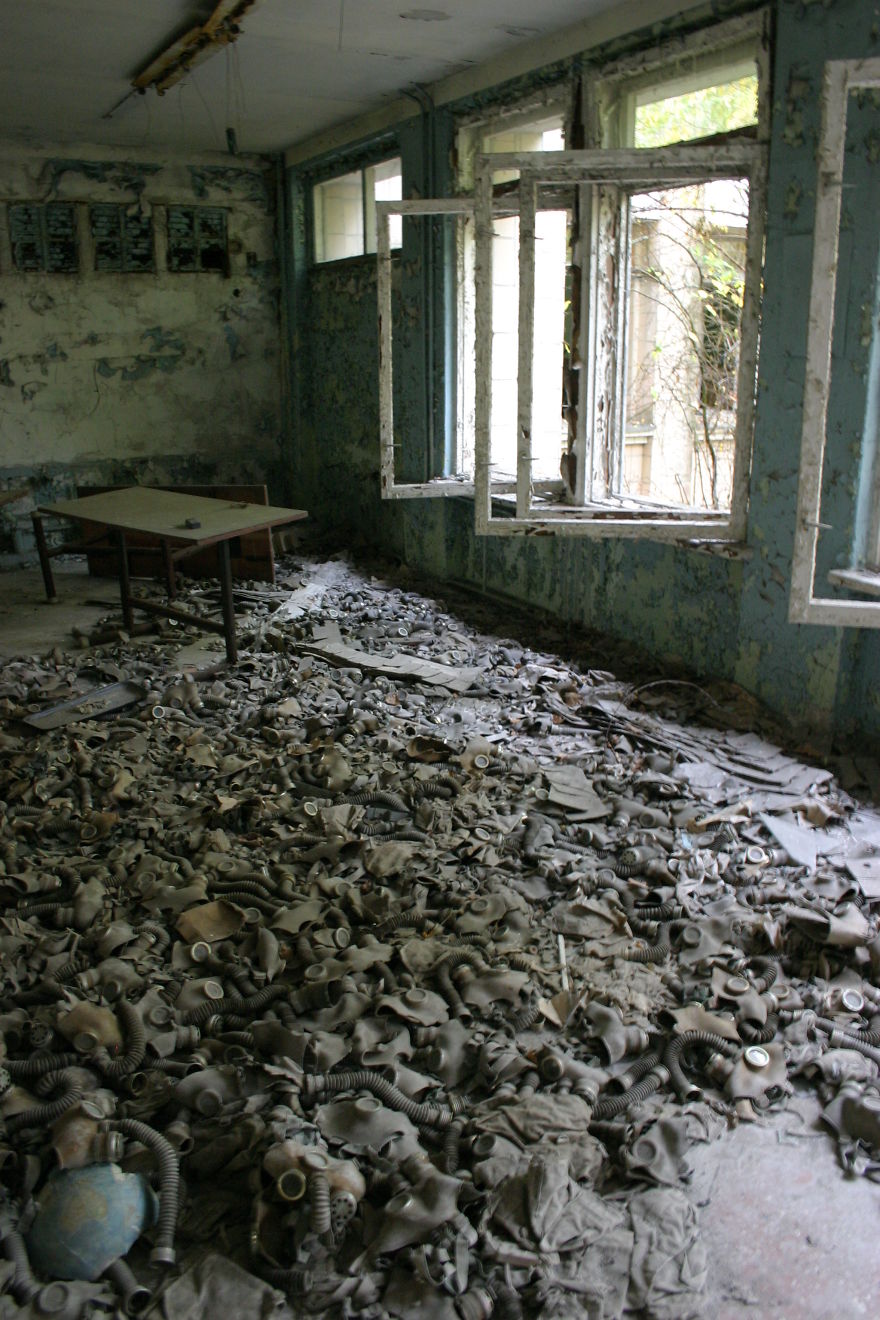
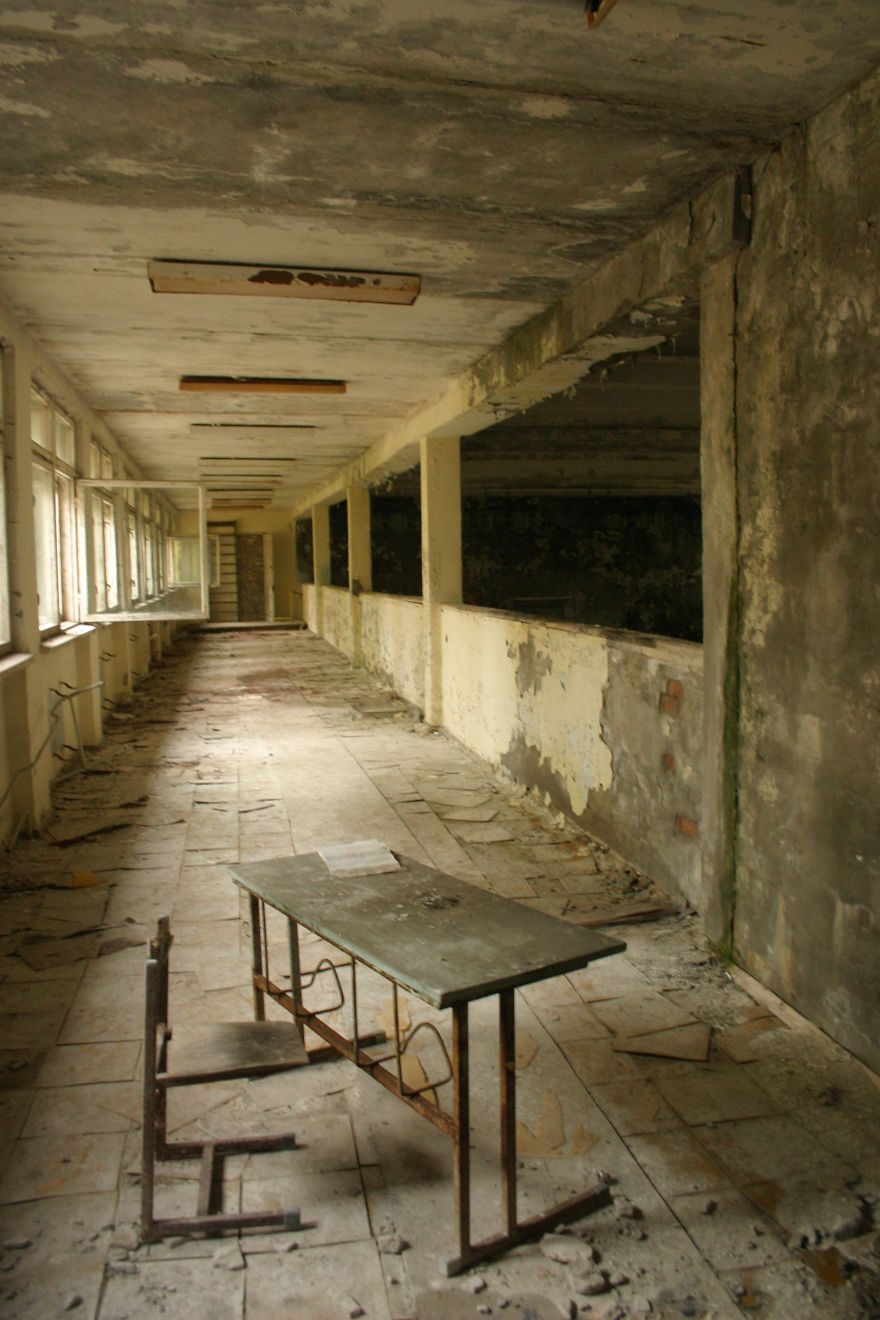
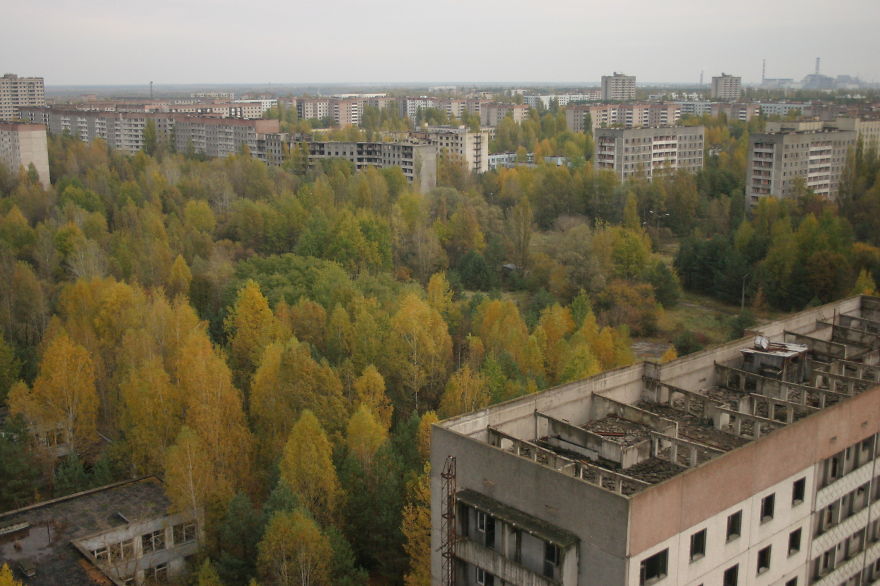
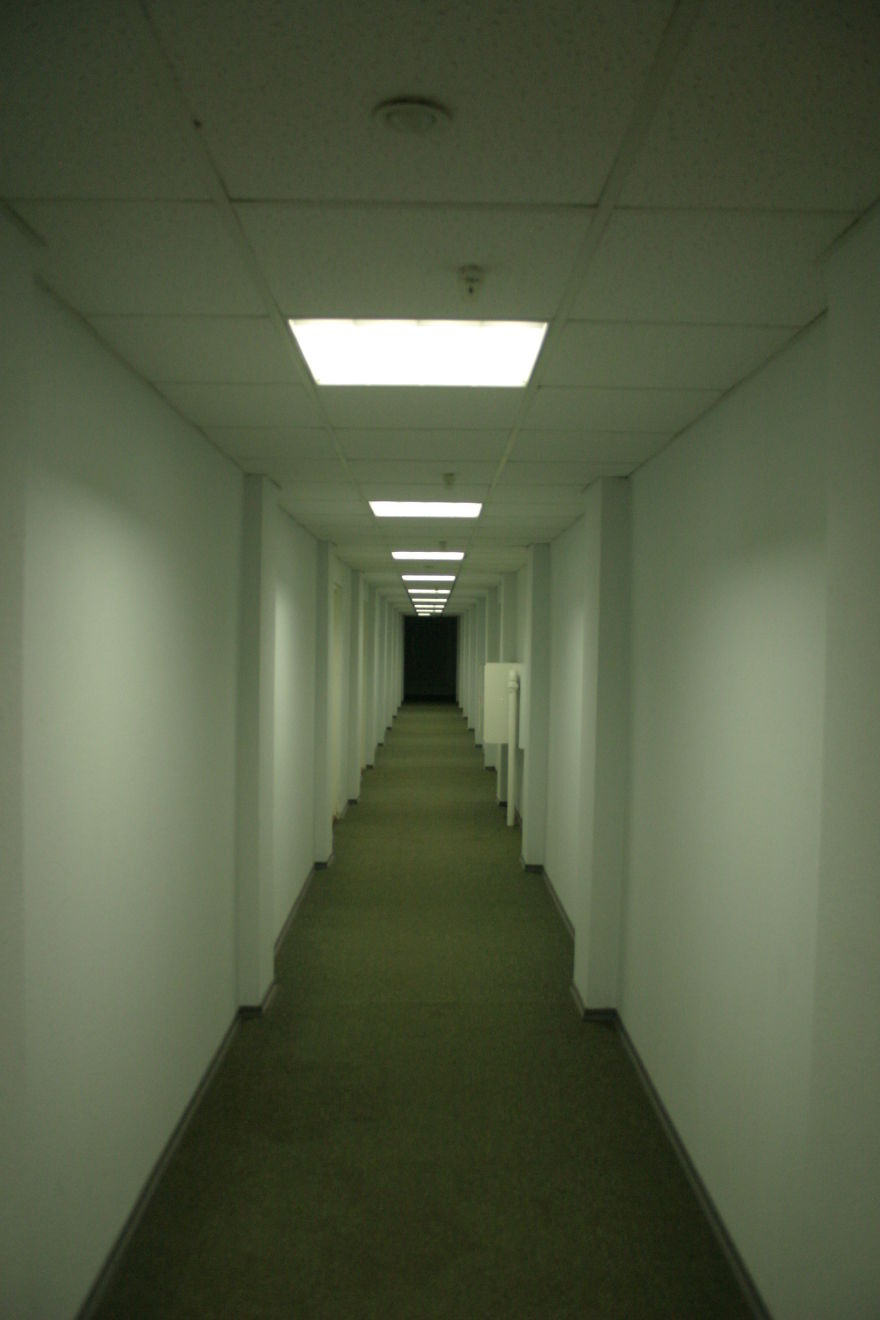
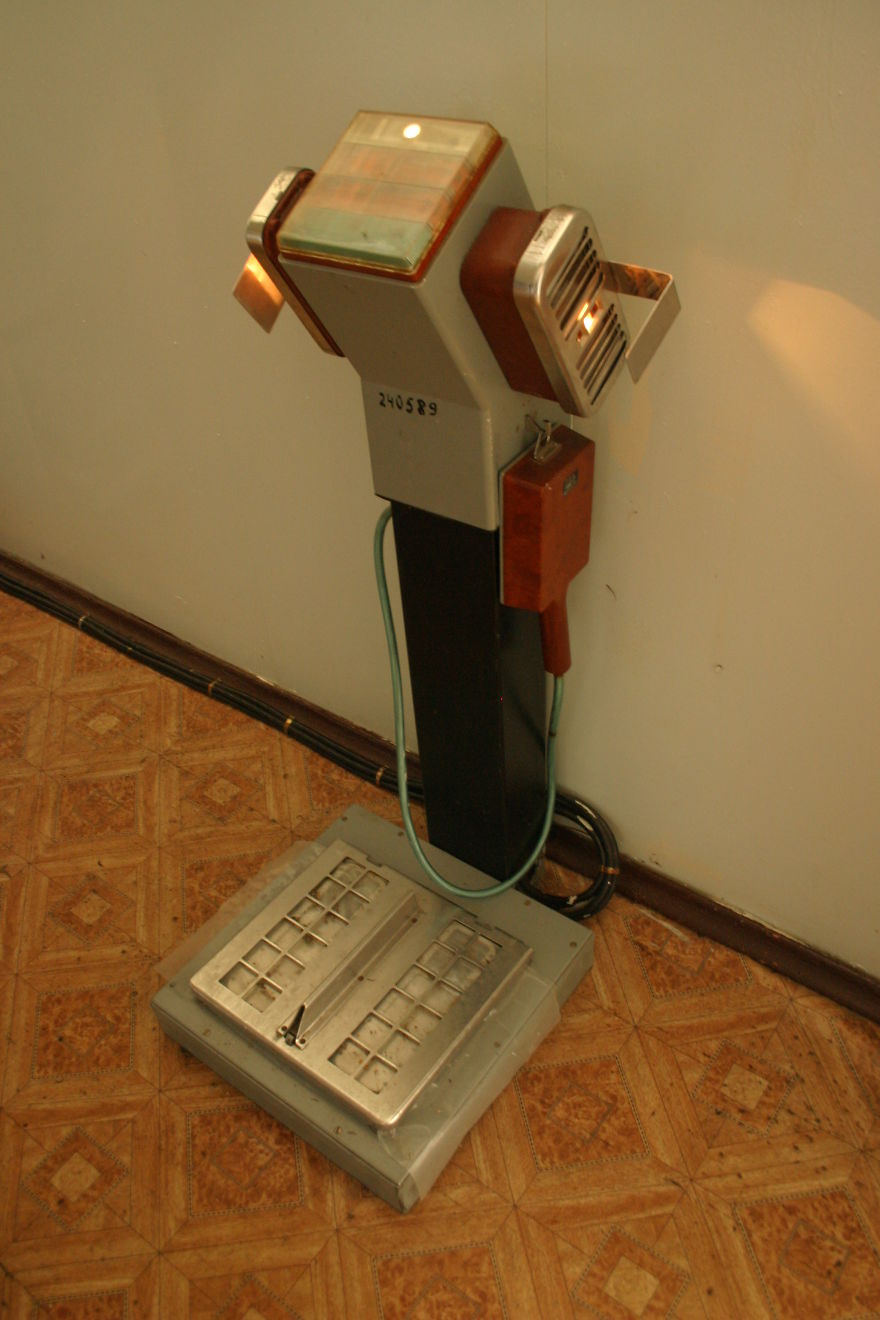
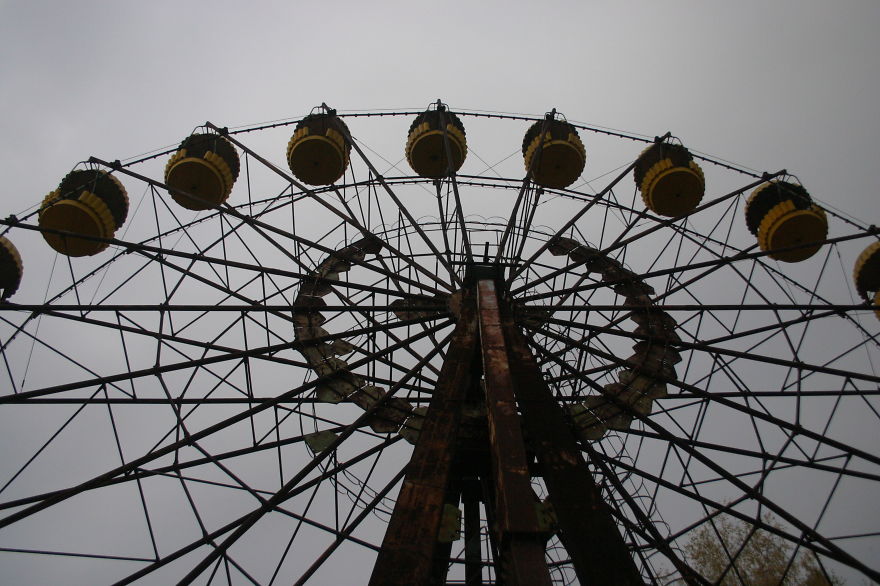
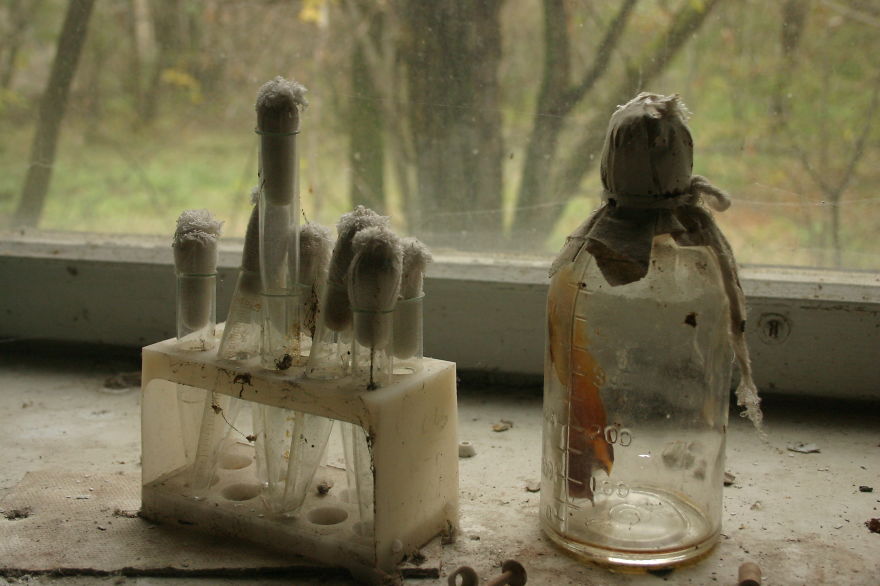
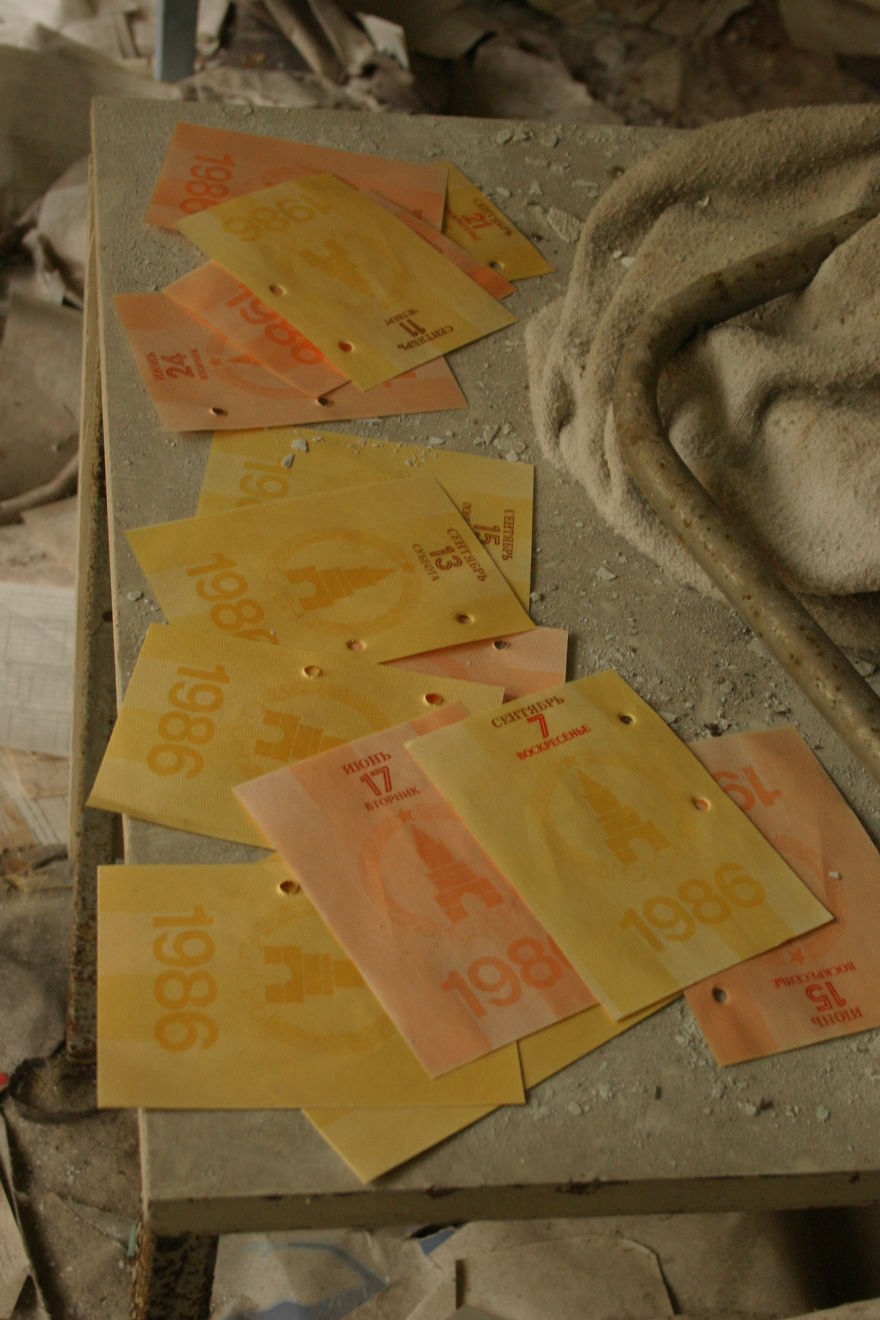
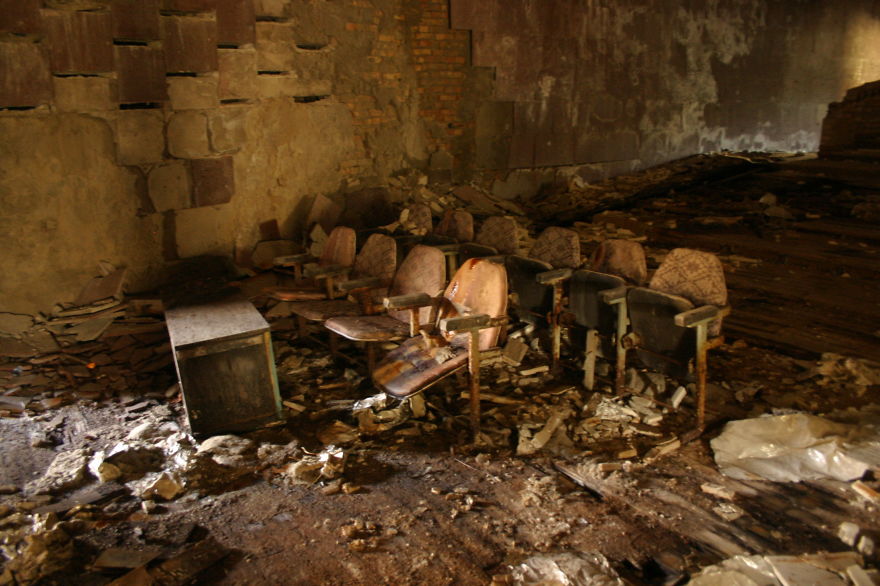
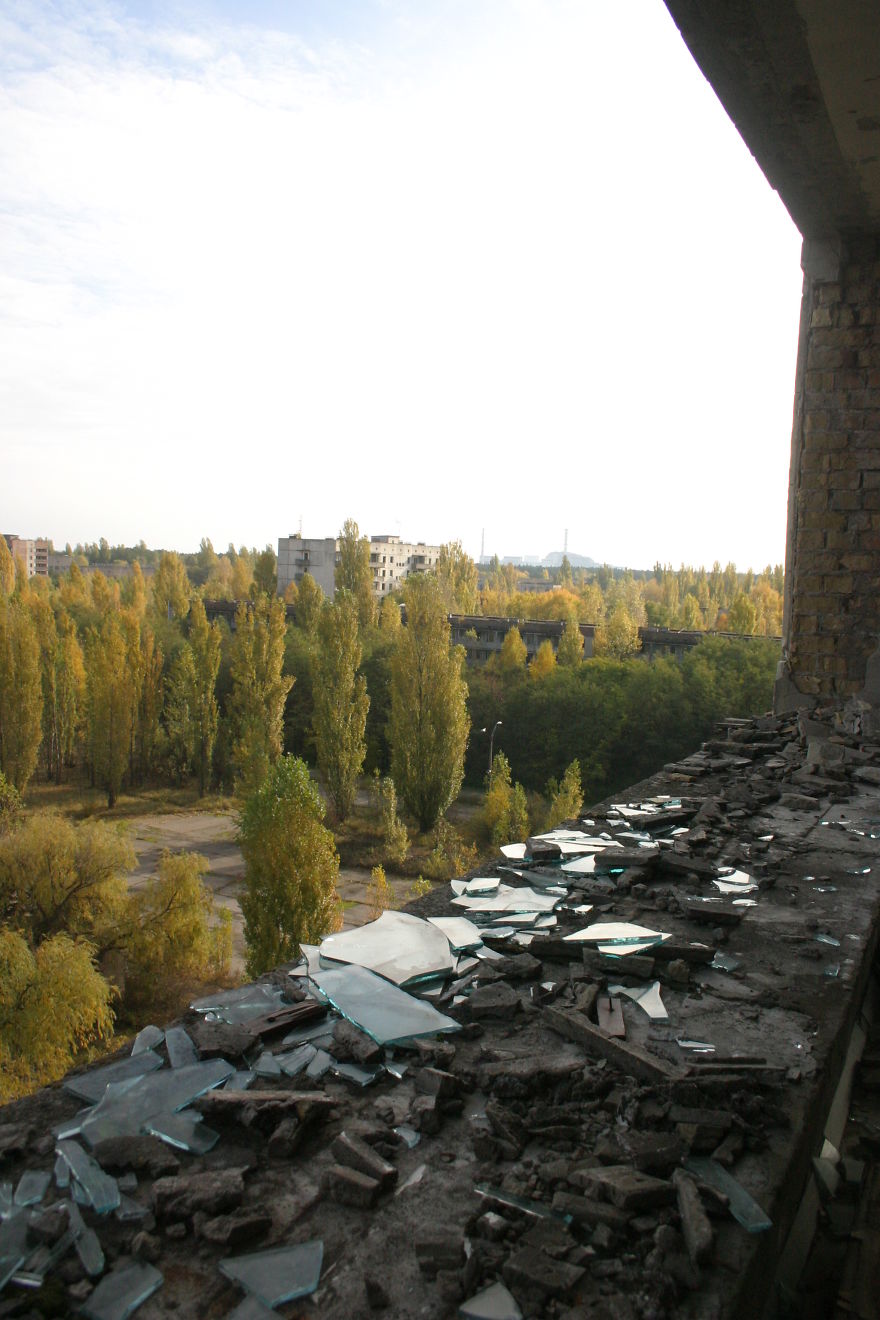
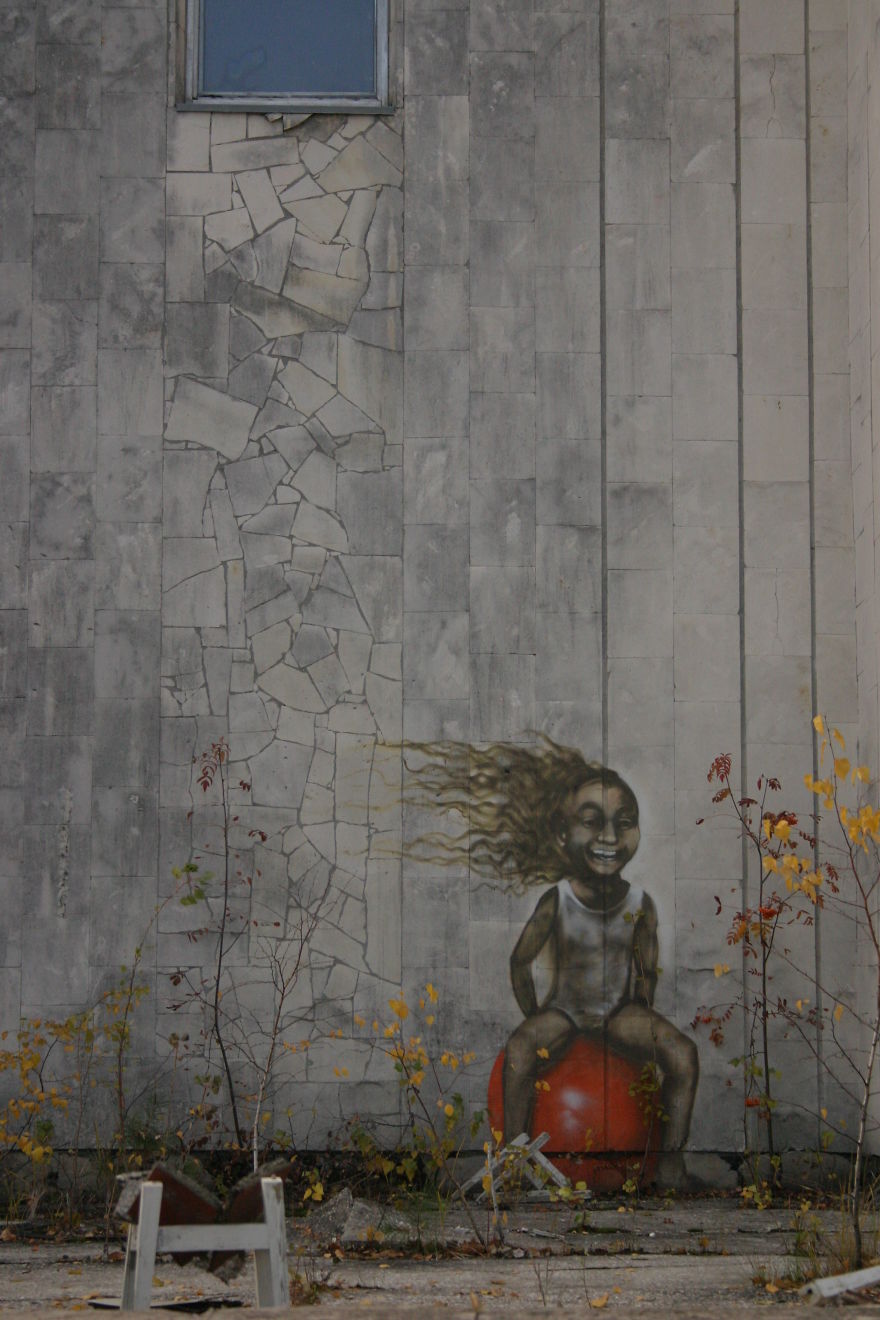
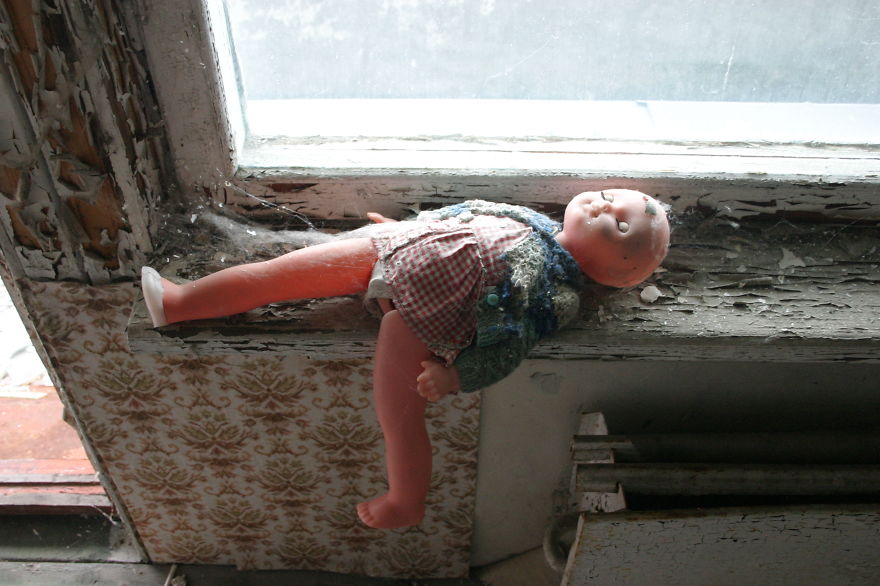











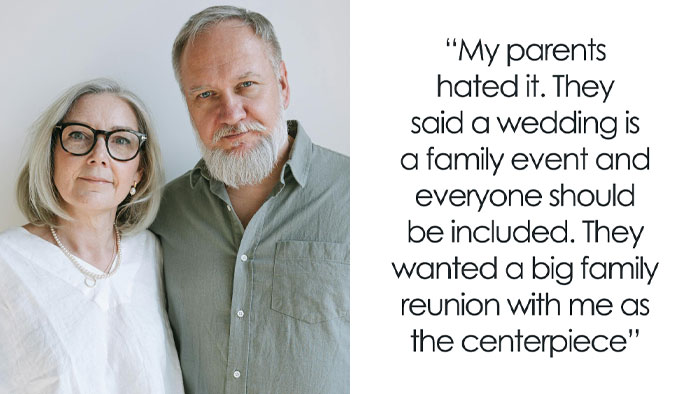































16
0